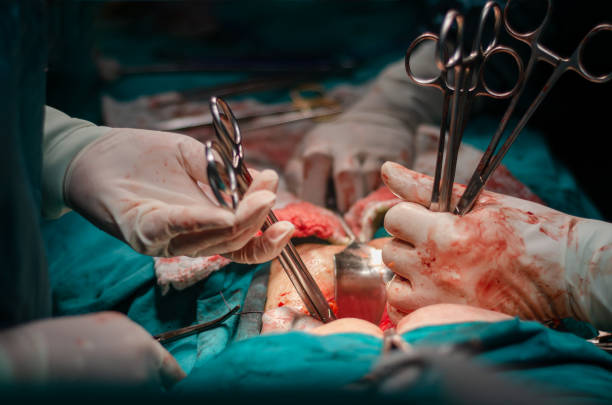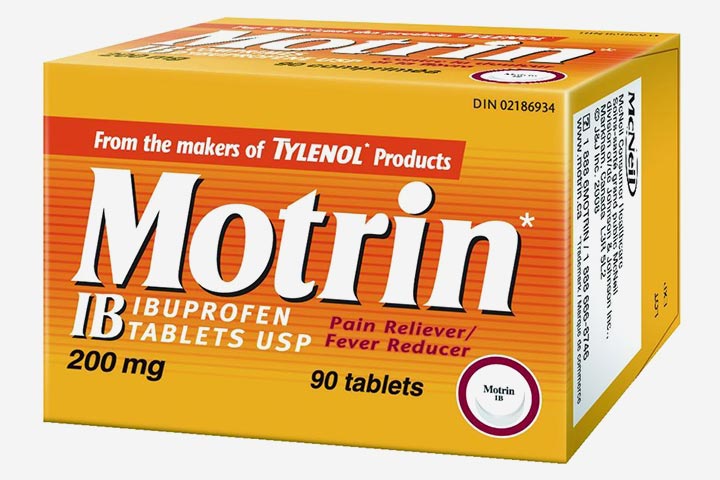
Lifestyle Changes That Impact Menopause
Key facts to know about hysterectomy is helpful if you decide to do the surgical procedure, or seek alternative options. The major focus here is first, how a hysterectomy is performed. Second, the alternative options to surgery. Third, healthy lifestyle tips before, and after, a hysterectomy.
What Is Hysterectomy?

A hysterectomy is a surgical procedure whereby the uterus (womb) is removed. The most common reason hysterectomy is performed is for uterine fibroids. Other reasons are abnormal uterine bleeding, endometriosis, uterine prolapse including pelvic relaxation, and cancer of the uterus. Although only 10% of hysterectomy is performed for cancer.
How Is A Hysterectomy Performed?

Mostly, a hysterectomy is done by an incision through the abdomen or through the vagina. The hospital stay generally tends to be longer with an abdominal hysterectomy than with a vaginal hysterectomy. That is 4 days versus 6 days on average, while hospital charges are higher. The procedures take about 2 hours unless the uterus is very large. In such a situation, a vaginal hysterectomy may take longer.
Alternative Options To Hysterectomy
:max_bytes(150000):strip_icc()/GettyImages-1254897750-2691f38adc86444fa1f64ab26de5ca94.jpg)
Key facts to know about hysterectomy include alternative treatment options. The fact is that by the time women are 60, many suffer from some type of pelvic health disorder. And most may want to have a hysterectomy to relieve troubling symptoms. However, the good news is that there are alternative options to hysterectomy to consider.
While uterine fibroids are a major reason why women have hysterectomies, it is reasonable to adopt “watchful waiting”, if there are no painful symptoms. This means rather than rushing into surgery, you monitor the status with your doctor first. But, if you are experiencing pain, discomfort, or pressure symptoms, there are several less-invasive options to choose from as follows:
Myomectomy

This is the surgical removal of the fibroids only. This can be done through an abdominal operation, or via the vagina. Both methods are less invasive, less costly, and require a shorter recovery time.
Uterine artery embolization (UAE)
This is a fairly simple and non-invasive procedure. Small particles are injected into the uterine arteries feeding the fibroids, cutting off their blood supply. UAE leaves the uterus intact and eliminates the choice of hysterectomy. Symptoms improve significantly in 85% to 90% of patients.
Hysteroscopy
If the fibroid is within the cavity of the uterus, a thin, telescope-like instrument is inserted through the vagina. This is a minor surgical procedure with minimal recovery time. And it is only for women who have fibroids within the uterus.
Medical management

Nonsteroidal anti-inflammatory drugs (NSAIDs), like Motrin, can be used first to treat painful symptoms of uterine fibroids. On the other hand, if that is not effective, another option is to use medicines that block the ovaries’ production of estrogen and other hormones. The side effects of these medicines include symptoms of premature menopause. As well as a decrease in bone density.
Healthy Lifestyle Tips Before Hysterectomy
Key facts to know about hysterectomy also are essential lifestyle tips before and after surgery. Realistically, many women are aware that they would have a hard time after surgery. Hence they start beforehand to avoid post-surgery discomfort. So, if you are having a hysterectomy and want optimal health, here are tips to follow:
Tips for good nutrition

Eat colorful foods. Fill your plate with colorful fruits and veggies, like red, orange, yellow, and deep green. These are packed with disease-fighting antioxidants. Also, fiber should be a major part of your diet.
Feed on plenty of grains & legumes. Whole grains like oatmeal, local wild rice, and pasta whole wheat cereals are all great high-fiber options. Equally, black, red, and kidney beans are high in fiber and antioxidants.
Choose lean proteins & avoid high fats. You need a balance of lean protein, fatty fish like salmon, mackerel, sardines, tuna, and vegetable protein. Also, avoid trans and saturated fats. These are fats found in butter, margarine, salad dressing, fried foods, snack foods, and sweets. Vegetable oils, like olive oil, soy, and peanut oil are good fats.
Get enough calcium. For bone health, get at least 1,200 mg of calcium daily, plus vitamin D. And try to take supplements or eat three to four 8-ounce servings of low-fat dairy daily. For example, hard cheese, yogurt, orange juice, canned salmon, tuna and sardines, broccoli, and legumes are good calcium sources.
Tips for stress relief

Focus on priorities. For you to achieve a well-balanced life, it is essential to get your priorities clear. Therefore, figure out your “top five” list. Then give those things your undivided attention.
Drop unnecessary activities. If a commitment does not fit into your priority list, drop it. As this will give you more time for things that do matter to you. Thus, give your priorities the respect they deserve.
Learn to relax. Listen to music that provides a mental escape. Or find a relaxation exercise that works, like deep breathing and muscle relaxation.
Tips to rest and sleep well

Make a “me time”. Focus on self-renewal, optimism, and hope. Try to read something inspiring, find your calling, be joyful, and be kind to others.
Enjoy yourself. Make time for fun, relaxation, family, and friends. Develop new interests. Take part in activities you enjoy. This may be dancing, yoga class, biking, painting, gardening, a date with your spouse, or a ladies’ night out. Most of all stay active, youthful, healthy, and connected.
Keep an open mind. The fact is that there are some things beyond your control. So be assertive when you need to be. Share your feelings and opinions without being defensive. Then let it go.
Drink sensibly. If you drink, one alcoholic drink a night is usually recommended.
Tips for Fitness

Get plenty of aerobic exercises. Walking, jogging, and dance exercise are all great choices. Exercise at least 30 minutes several days a week. Though you will need to exercise more If your goal is weight loss. Exercise builds strong bones, helps you lose weight, and reduces heart disease risk. It will also improve your mood and it is a good sleep aid.
Lift hand weights. Hand weights help with weight loss, improve strength and posture, and tone the body. Find a weight you can comfortably handle for ten repetitions. Gradually work up to 20 reps.
Stretch it out. Yoga and Pilates help you stay flexible and build core body strength. They also improve balance, so you avoid falls and fractures.
Healthy Lifestyle Tips After Hysterectomy

After a hysterectomy, a healthy lifestyle is no longer an option but a necessity. This is because soon after surgery, weight gain becomes an issue. Similarly, you may not sleep well or feel irritable due to hormonal changes.
Then again with good nutrition, exercise, and stress reduction, you can balance the downside of a hysterectomy. The recommendation nonetheless is to start your healthy lifestyle before your hysterectomy. The benefits are fabulous as follows:
- Your weight will be kept under control.
- Restful sleep will become easier.
- There is protection for you against heart disease, stroke, broken bones, type 2 diabetes, and cancer. And possibly Alzheimer’s disease.
Photo Credit: Creative Commons


